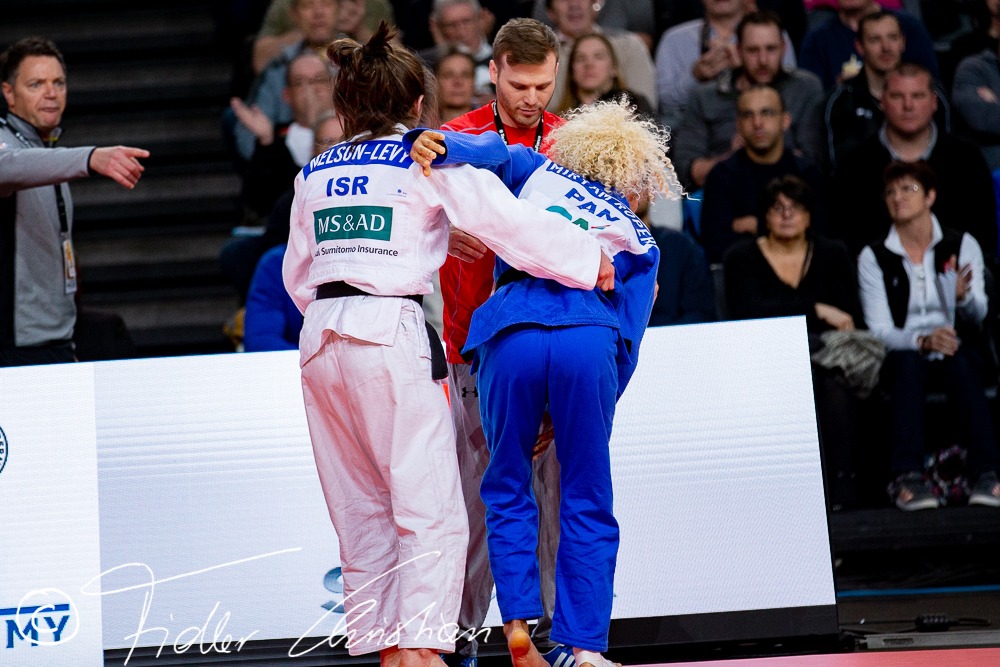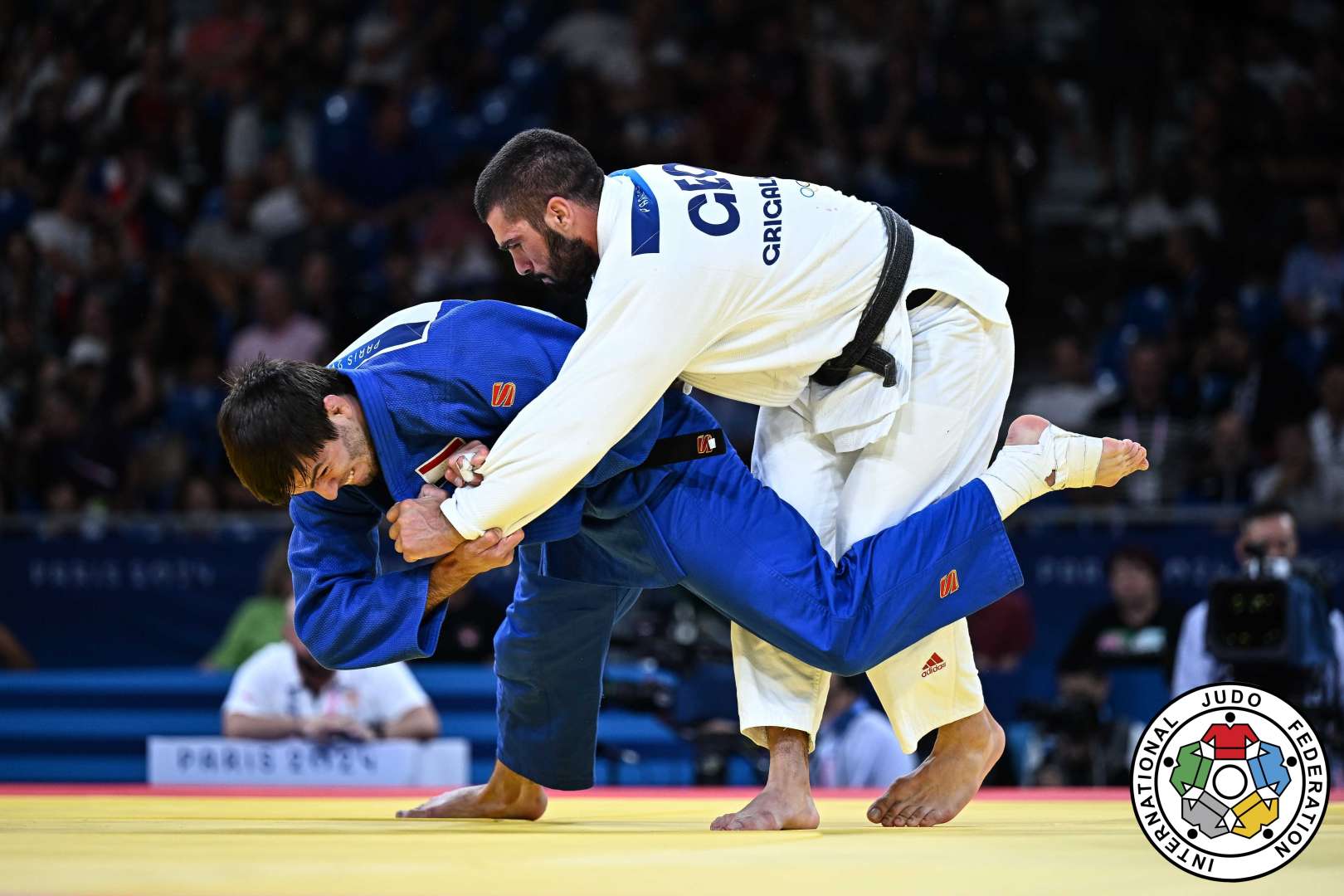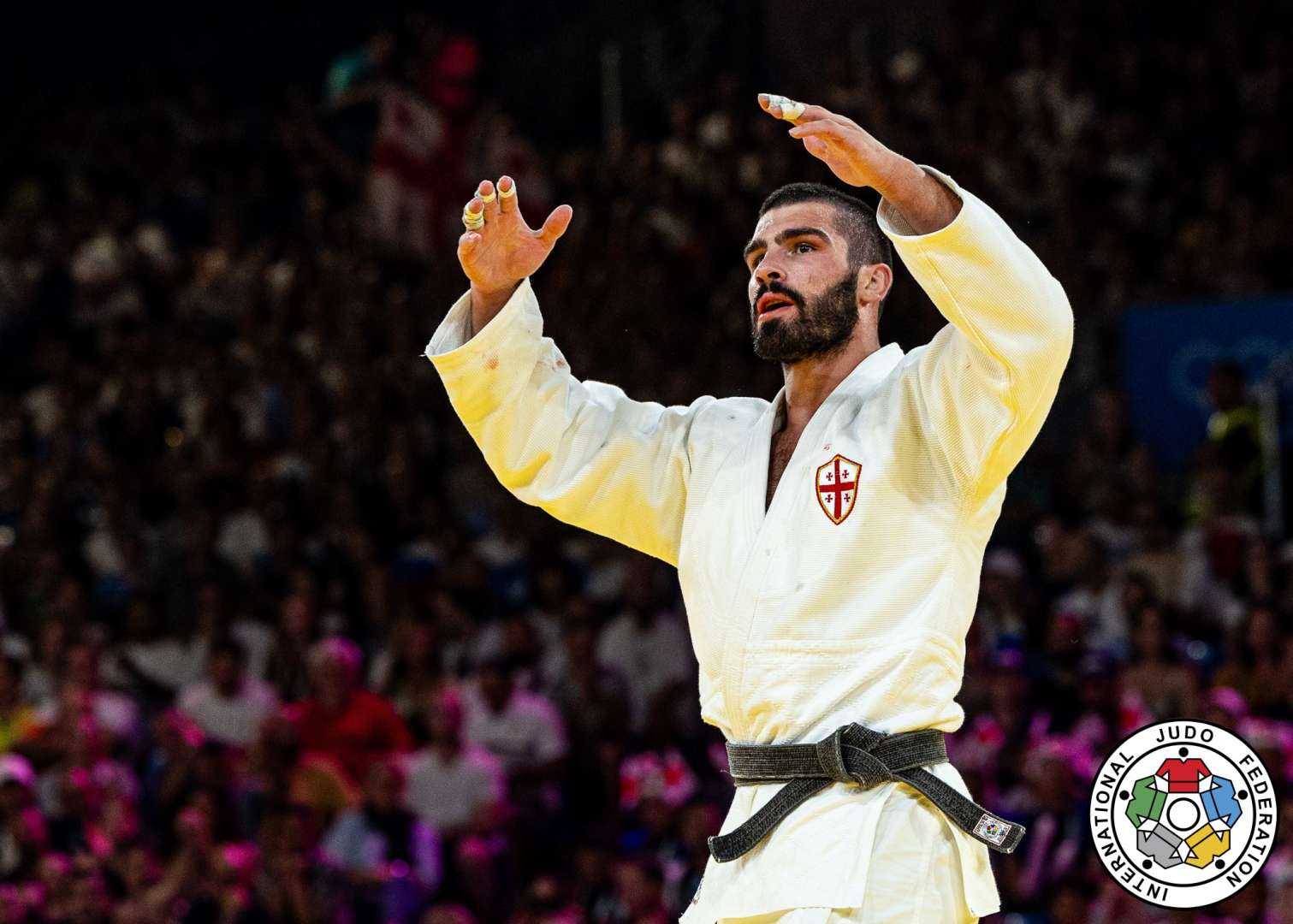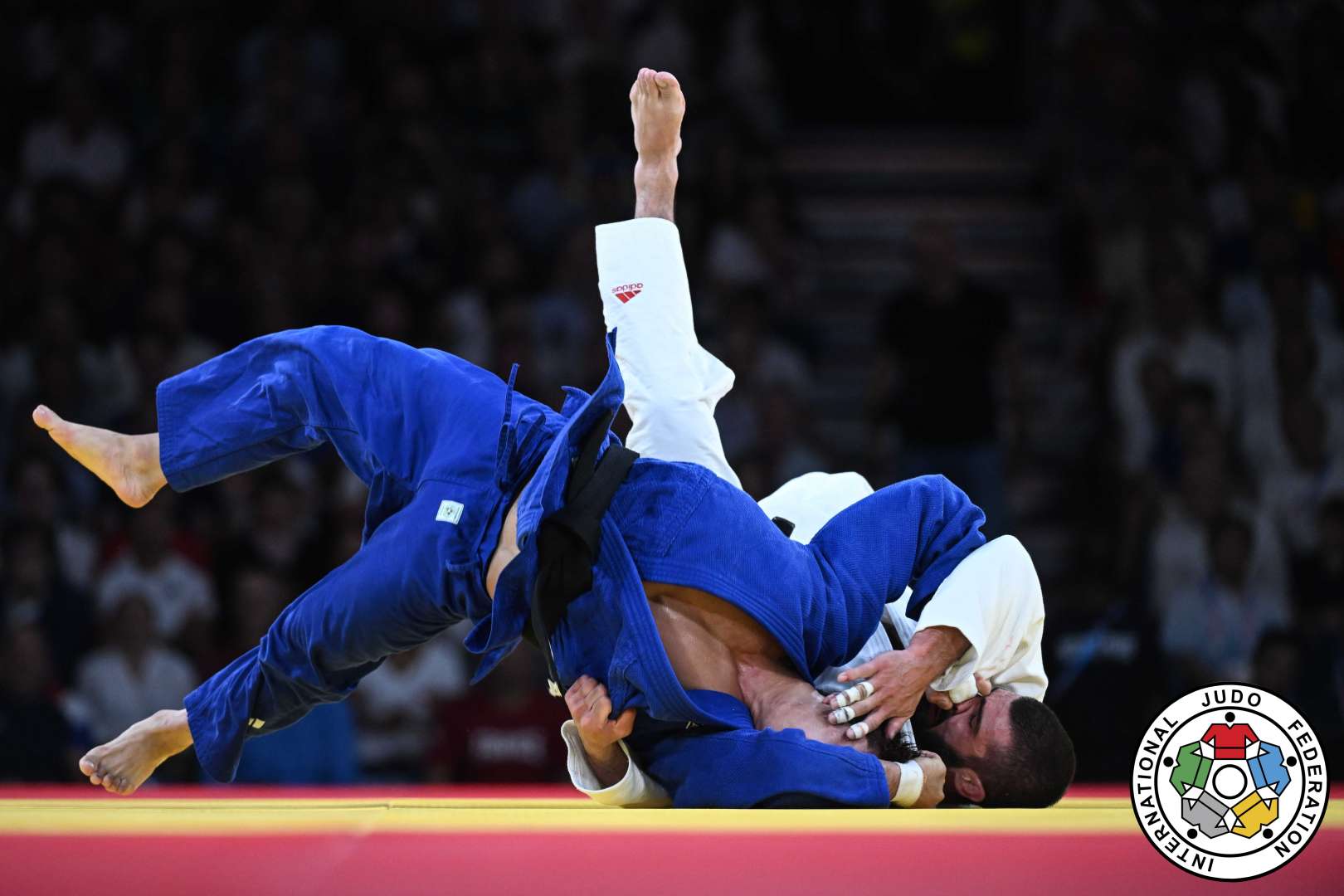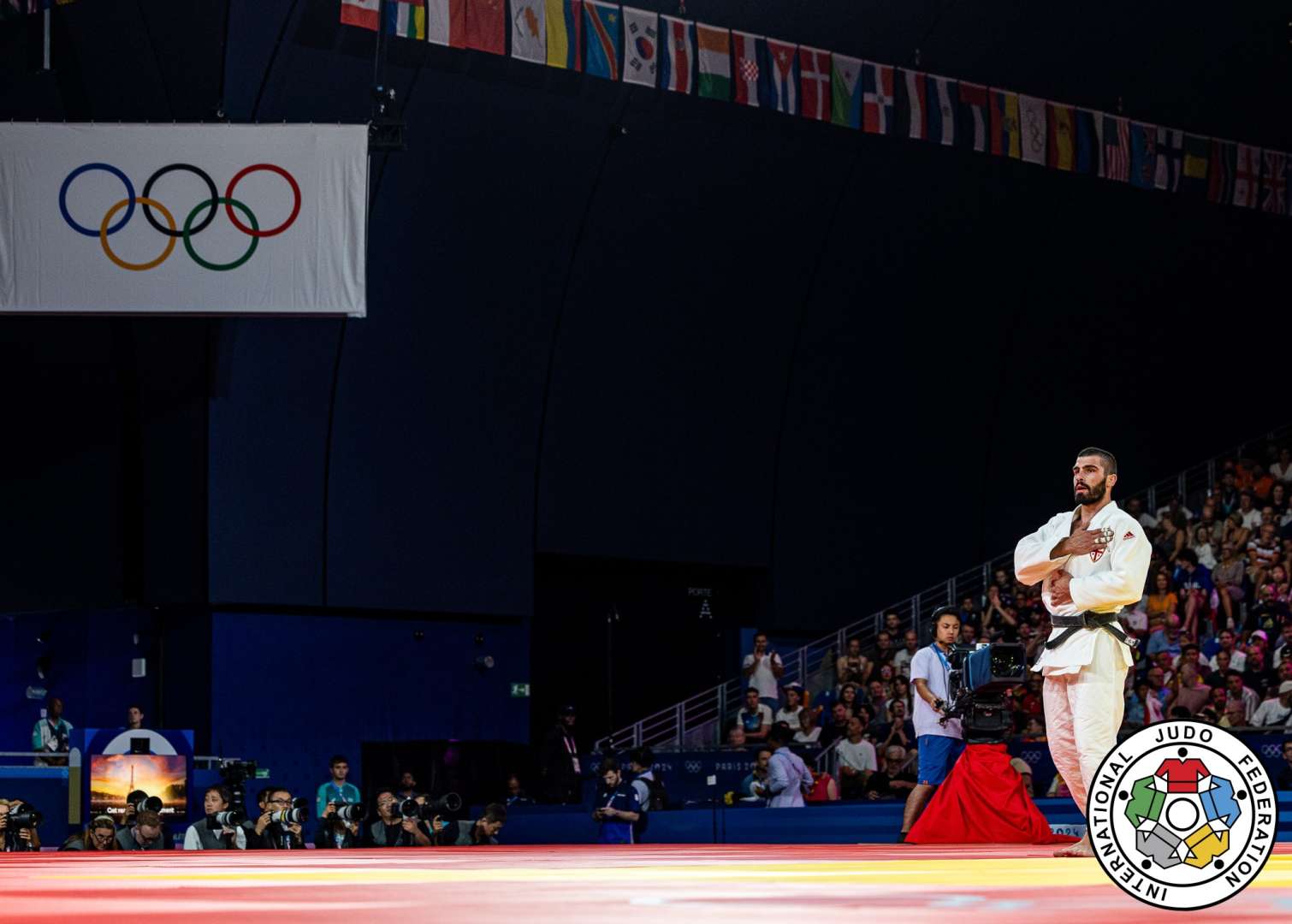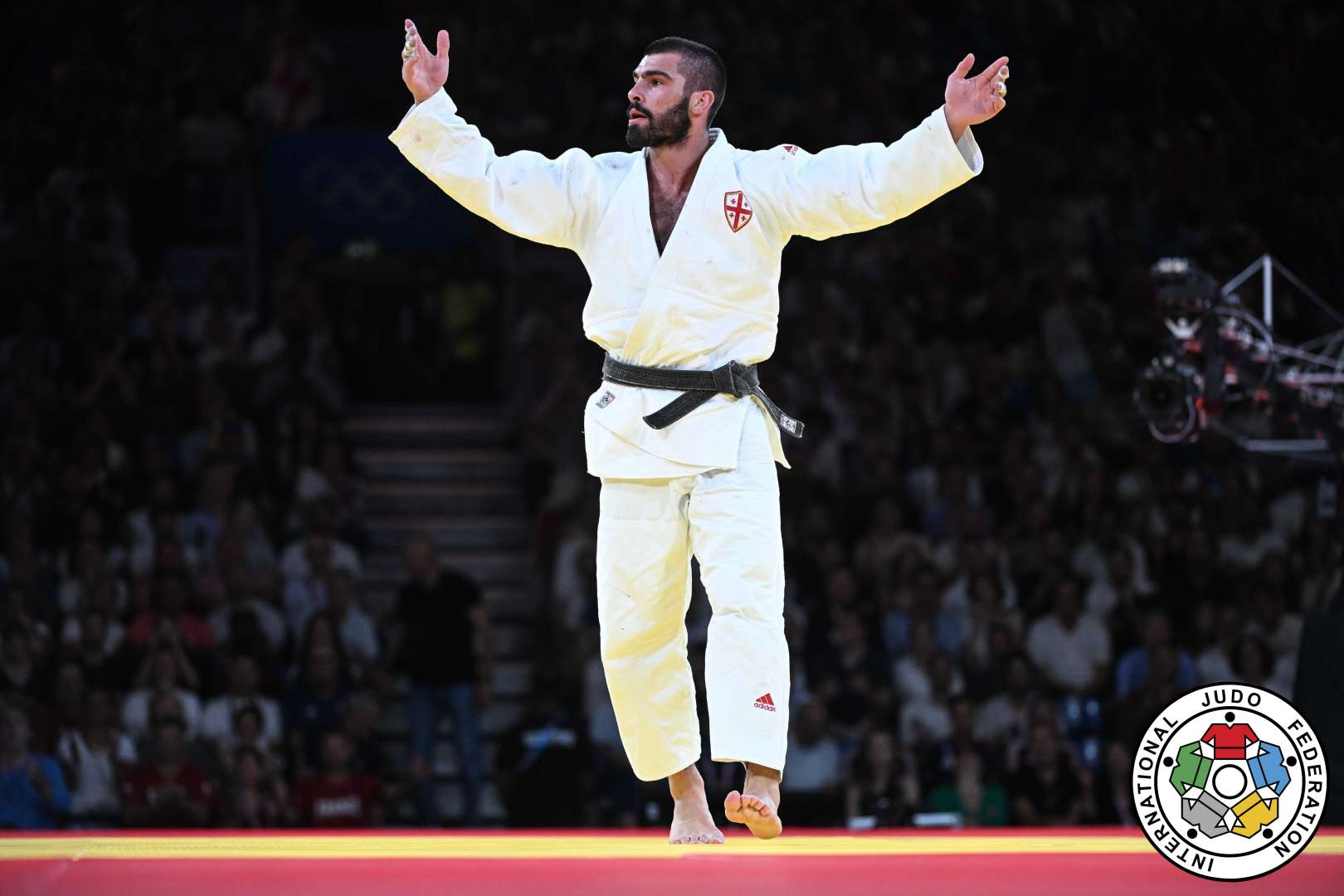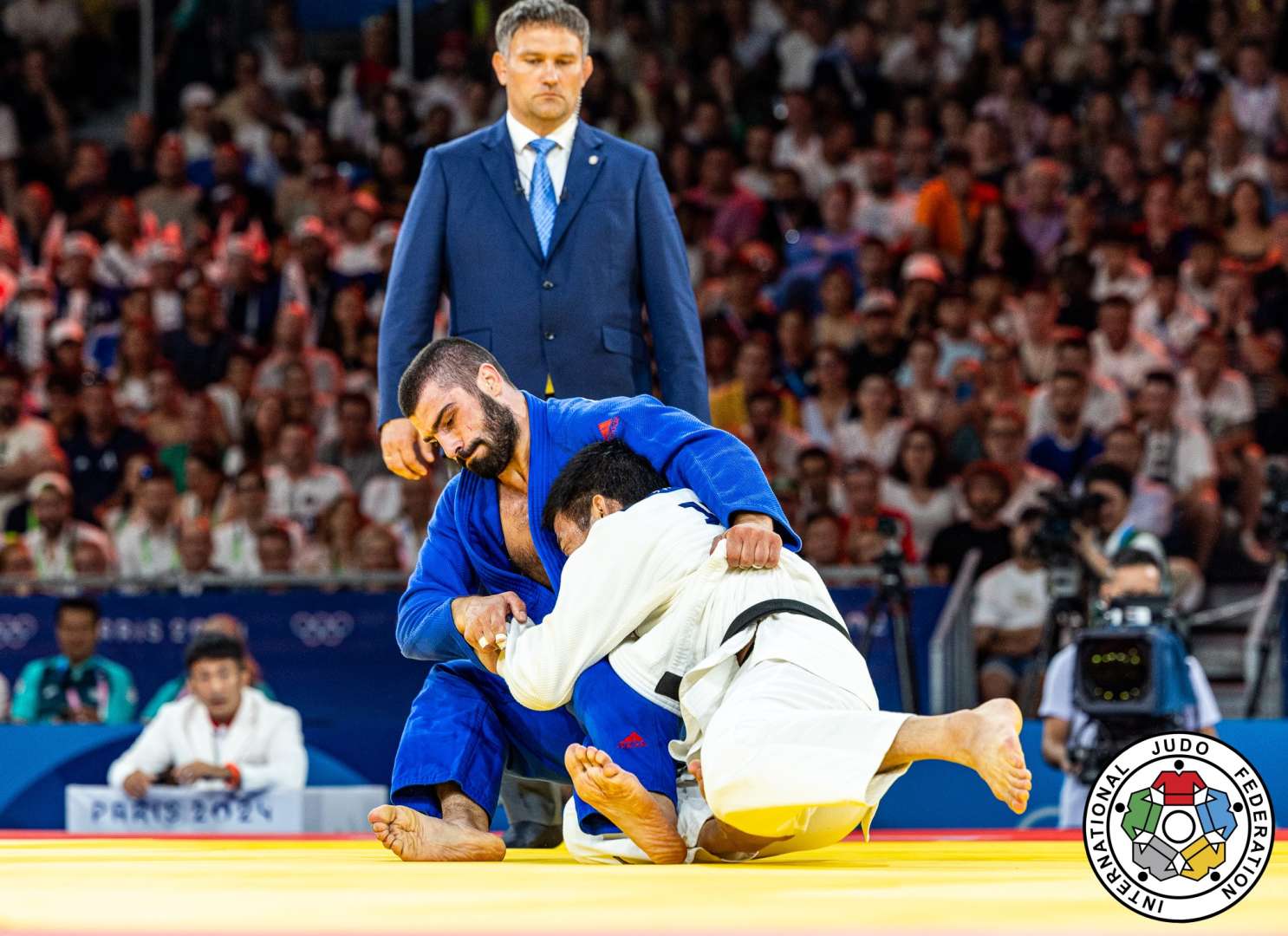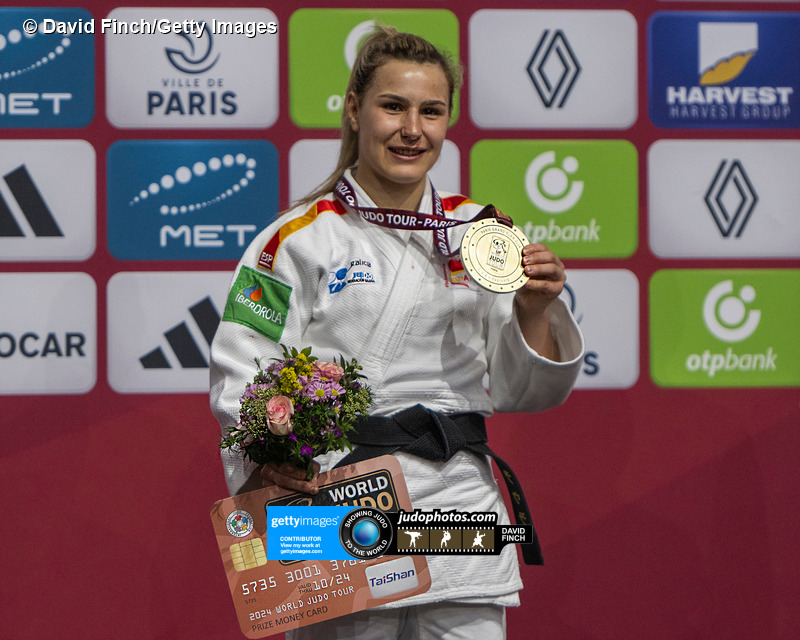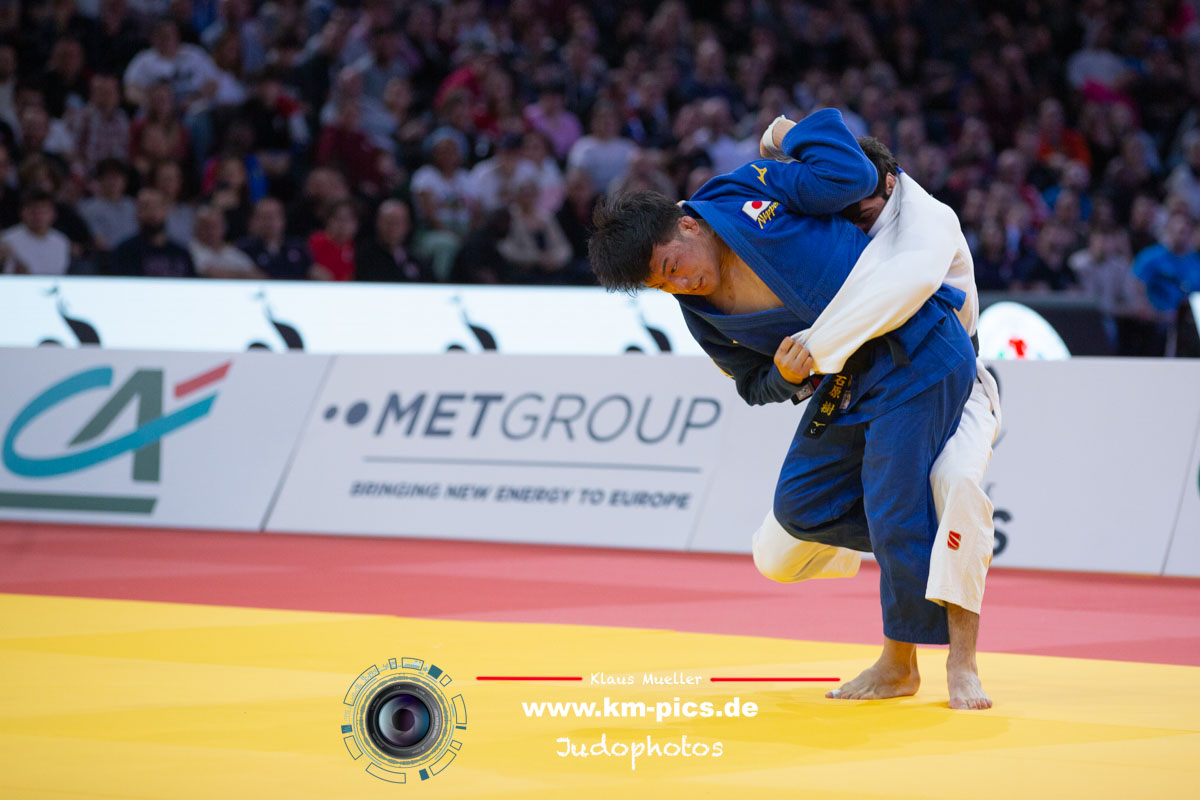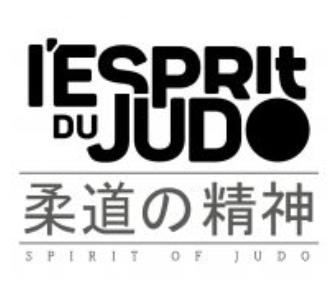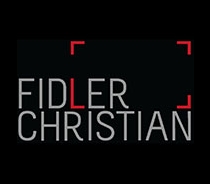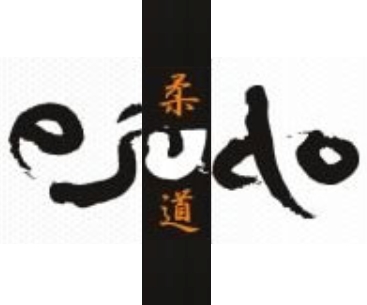8 Common Judo Injuries You Should Know

 1 Nov 2023 09:55
1 Nov 2023 09:55

 Ecuador Judo Federation
Ecuador Judo Federation
Are you passionate about judo but concerned about the frequent injuries associated with this dynamic sport? By gaining a thorough understanding of common judo injuries and proactively addressing them, you can effectively prevent and treat them.
Explore this comprehensive guide to safeguard yourself from bruises, sprains, fractures, and other potential injuries. You can prepare for a judo tournament more safely if you are properly prepared.
Common Judo Injuries
#1 Sprains
Ligaments, which are the fibrous tissues connecting bones in joints, can stretch or tear, resulting in sprains. Practitioners in judo commonly experience ankle and wrist sprains when awkwardly landing on a limb or exerting force on a misaligned joint. Pain, swelling, and reduced range of motion are symptoms associated with sprains.
Treating sprains generally involves employing RICE therapy (rest, ice, compression, and elevation), although severe cases may necessitate immobilization or surgical intervention.
#2 Fractures
Fractures, also known as broken bones, occur when excessive force or impact is applied to a bone. In judo, awkward falls or improperly blocked strikes often lead to hand and foot fractures. Symptoms of fractures include intense pain, swelling, and deformity in the affected area.
To treat fractures, immobilization is typically necessary, which can be done through casting or splinting. In some cases, surgery may be required to repair the damaged bone.
#3 Concussions
Blows to the head or violent shaking of the upper body can lead to concussions, which are traumatic brain injuries that may occur during judo practice or competition. Common symptoms include headaches, dizziness, nausea, confusion, and loss of consciousness.
Ensuring a safe and complete recovery necessitates proper diagnosis and management. This may involve rest, cognitive and physical therapy, and a gradual return to activity.
The primary task of everyone who practices judo is to learn how to fall and receive blows correctly. These skills will determine how many injuries you will suffer during your sports career. Look at the professionals and how they behave during sparring. You can watch ESPN and judo competitions. This is a great example of how to protect yourself from injury as much as possible. If you are not from the US, simply use VeePN to unblock ESPN and streaming services.
#4 Strains Muscle
Muscle strains, which are also referred to as pulled muscles, happen when muscle fibers are overstretched or torn. These injuries frequently occur in judo because of the explosive movements and muscular exercise involved. Indications of a muscle strain encompassing pain, muscle spasms, and restricted range of motion.
Resting, icing, compressing, and elevating the affected area can effectively treat mild muscle strains, while more severe strains might call for medical intervention and rehabilitation.
#5 Dislocations
Bones can be forcefully displaced from their usual positions, often within a joint, resulting in dislocations. Due to the intense nature of Judo, shoulder or finger dislocations may occur among its practitioners. Symptoms of dislocations include intense pain, swelling, and a noticeable shift in the joint's alignment.
Urgent medical assistance is necessary to realign the joint, followed by rest, immobility, and rehabilitation to regain strength and functionality.
#6 Back Pain
Various factors can contribute to the occurrence of back pain in judo practitioners including muscle strains, ligament sprains, or spinal disc injuries. Faulty techniques, overtraining, and inadequate core strength are often the main causes.
Treating this issue typically involves resting, icing, taking anti-inflammatory medication, and undergoing rehabilitation exercises specifically designed to target the source of the pain.
#7 Dislocated Elbow
Dislocations of the elbow happen when the forearm bones (radius and ulna) are displaced from their normal alignment with the upper arm (humerus). Judo can lead to these injuries due to strong impacts and arm twists during throws or submissions. Signs of dislocated elbow are intense pain, swelling, and a change in the shape of the joint.
Immediate medical care is necessary to realign the joint, and injury treatment might include immobilization and rehabilitation.
#8 Neck Pain
Judo often leads to neck pain as the cervical spine undergoes constant stress during different techniques and falls. Neck pain can occur due to muscle strains, ligament sprains, or even severe spinal injuries.
Treatment for neck pain varies depending on the cause and may involve rest, ice, pain management, rehabilitation exercises, and coaching on proper technique to prevent further injury.
Conclusion
Injuries are inevitable when practicing judo, but it is up to you how serious they will be and whether you can react correctly when they occur. With the right technique, you can get by with bruises where an inexperienced person might break bones or experience sprains and bruises. Plus, you must understand and know your body; if an injury does occur, you should react to it correctly. This will protect against the consequences and aggravation of the condition.
 like
like
 share
share

| Result | City | Date |
|---|---|---|
| 2 | Paris | 2024 |
| 1 | Abu Dhabi | 2024 |
| 1 | Zagreb | 2024 |
| 3 | Belgrade | 2023 |
| 2 | Montpellier | 2023 |

